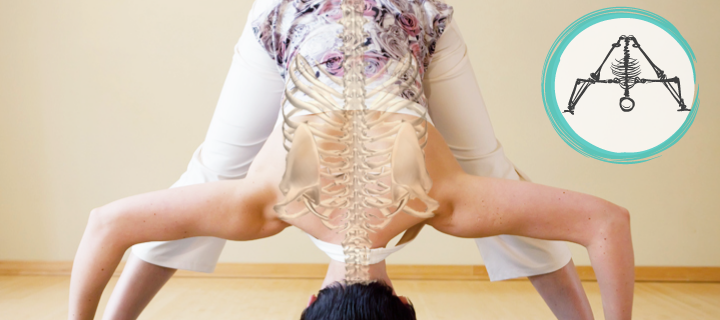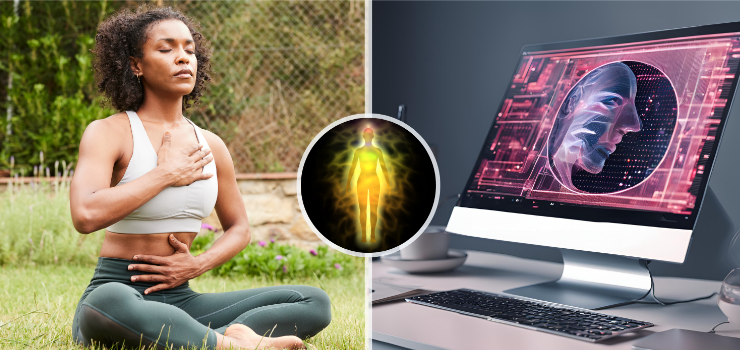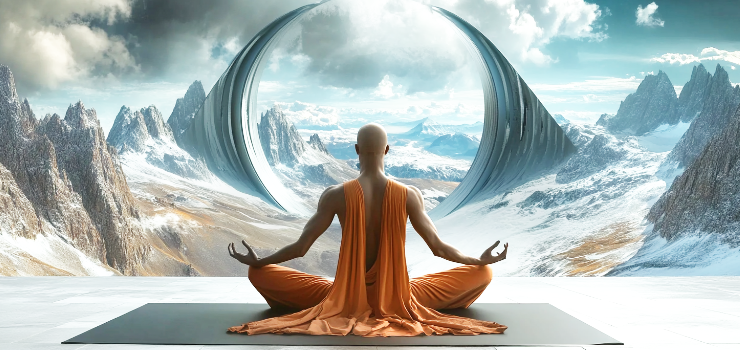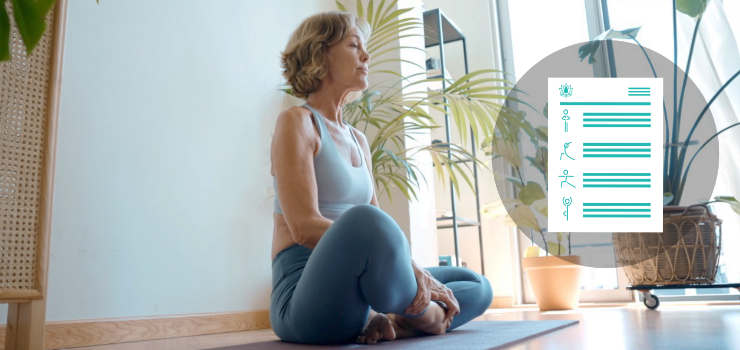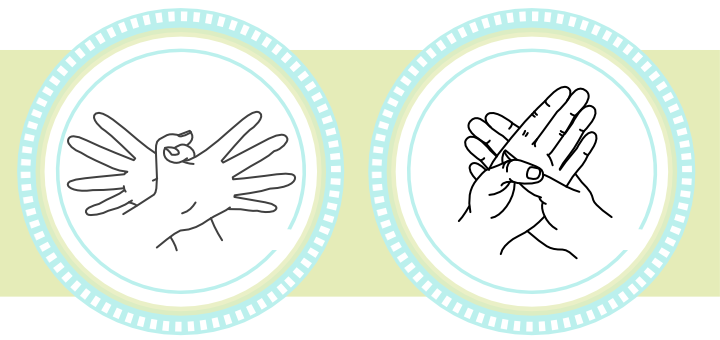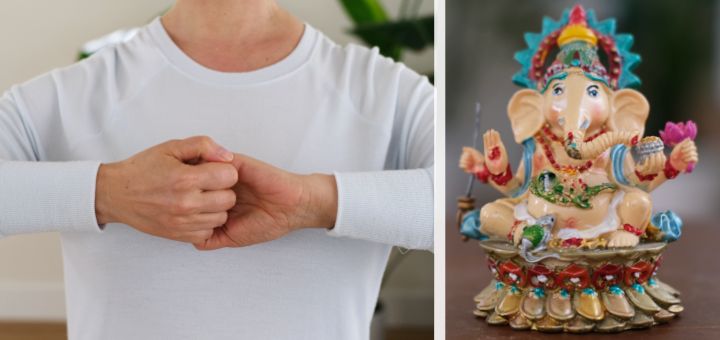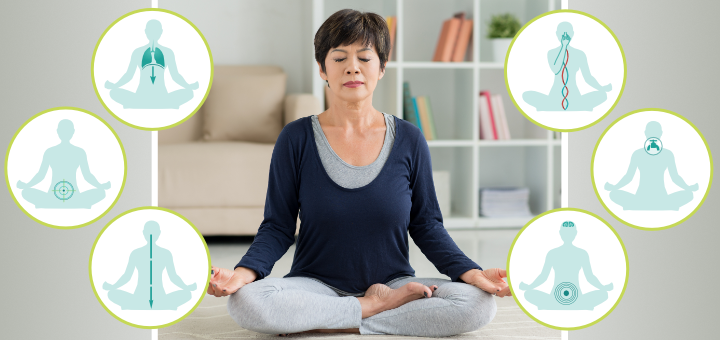AI in yoga: Can AI create and lead a simple yoga practice?

As AI continues to spread everywhere, its complete disconnection from the physical experience becomes particularly important for us as yoga practitioners and yoga teachers. Can AI create and lead a yoga practice based on the information it pulled from the internet? Sure. Will it be any good? Let’s test it out.
I had asked ChatGPT to create a 30-minute yoga practice to train balance. Here is what it produced >
It put together a very basic collection of five balance yoga poses with a simple warm-up (Cat-Cow and Downward facing dog) and basic cool-down (Seated forward bend, Supine twist, and Corpse pose). This is exactly the kind of practice that somebody who doesn’t have much experience with yoga but maybe had read a book about would produce. In other words, it’s literal and theoretical. Anybody who has a body would sense that it’s hard to do all these balance poses in a row and that maybe some additional layering is necessary. An experienced yoga teacher would know to be selective about how many and which poses to choose, how to arrange the poses thoughtfully, how to prepare the body for different elements of individual balance poses (for example, the type of preparation needed for Ardha Chandrasana below), and how to compensate (or restore the body to the state of balance) afterward.
Preparation necessary for Ardha Chandrasana (Half Moon Pose)

And these are just the basic points relating to the structure of this yoga sequence. On top of that, a good yoga teacher would consider the best type of instructions to give, students’ abilities and histories, pose modifications for individual needs, guidance on breath, ways to keep students engaged and focused, and many other factors.
For example, if I were designing a short balance practice, I would limit the number of balance poses and group them by similar elements, considering time limitations. If I were intent on teaching Ardha Chandrasana, I would use the Tree pose to prepare the hips for abduction and some version of Warrior 3 to prepare the hamstrings, hips, and ankles. But the best preparation for the Half Moon is the Triangle pose because it has many similar elements without the challenge of balance. It makes the most sense to do the Triangle right before the Half Moon pose.
After doing the Half Moon pose, it is essential to restore symmetry, stabilize the sacrum, and stretch the back. We could do Prasarita Padottanasana, Vimansana, and Apanasana to take care of that. Some version of Bhujangasana (Cobra) or Vimanasana (Airplane) is a must after an asymmetrical pose that challenges the hips and sacrum. The core of my practice would look like this.

I would also do a much more tailored warm-up to prepare specific body parts (hips, hamstrings, and back) for the challenge ahead.
To answer an earlier question, yes, AI can create a basic yoga practice, but it will simply be a generic collection of poses. It will likely lack most of the elements and knowledge that an experienced yoga teacher would bring to it. E. D. Hirsch, an American educator, literary critic, and theorist of education, stated 20 years ago: “The Internet has placed a wealth of information at our fingertips. But to be able to use that information—to absorb it, to add to our knowledge—we must already possess a storehouse of knowledge.” Anybody with a body already has knowledge of how the movement feels within the body and can build on that. Anybody who has practiced yoga before knows the feeling you get from a well-designed and executed yoga practice and can build on that. An experienced yoga teacher understands the art and science of yoga practice design and can improve his/her skills by building on that knowledge.
AI doesn’t have a foundation of experiential knowledge in anything, least of all the human body. It can accumulate new information, but it cannot test that knowledge experientially and learn from it. It will just continue to guess endlessly without getting confirmation on what works and what doesn’t. That’s why its suggestions will remain theoretical and superficial (at least until they figure out how to implant sensors into our bodies and analyze our physiological response to movement in real time.)
As things stand right now, I am skeptical about AI being able to replace quality yoga instruction from an experienced yoga teacher. Potentially, yoga teachers might be able to use it for inspiration to jumpstart their yoga practice design and then tweak it according to their needs. So far, though, the practices it produced on my prompts didn’t seem very creative.
Another benefit that some AI services promise is Pose Analysis. ChatGPT says: “AI can use computer vision to analyze your form during poses. By comparing your alignment with ideal poses, these systems can give you feedback on adjustments to improve your practice.” Would that work? Let’s discuss it next time!

Do you want to understand how to build a practice for more challenging postures? Sequence Wiz members have access to Pose Recipes that show you the areas of the body that need to be prepared, potential preparation and compensation poses, any additional elements that might be useful, and a sample practice that includes the pose.

